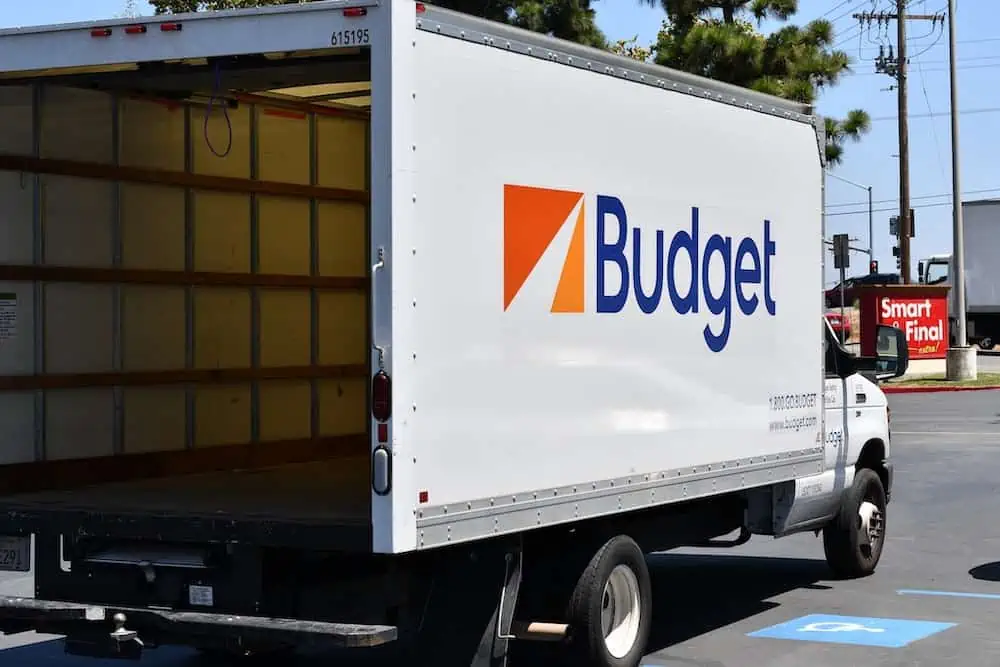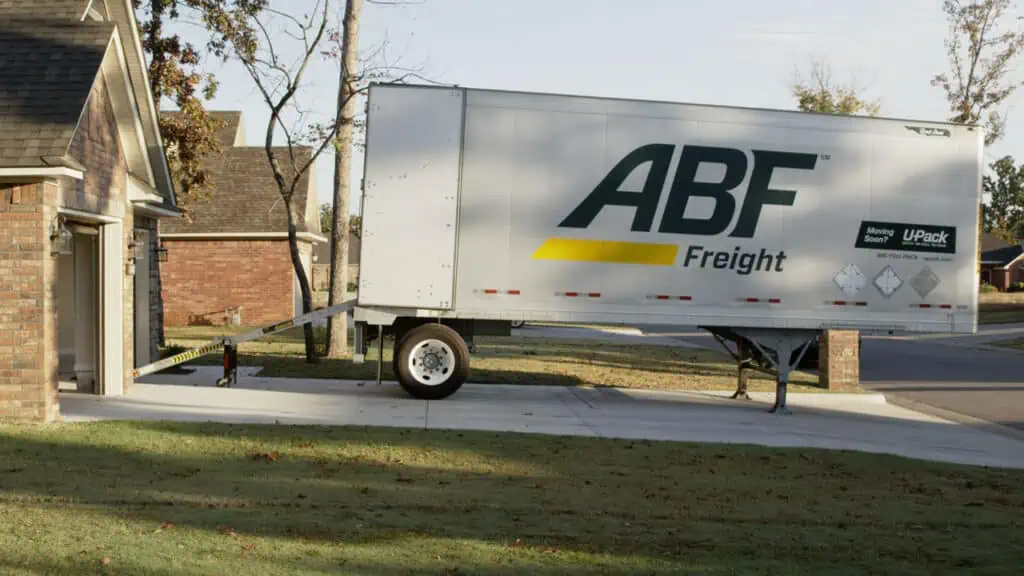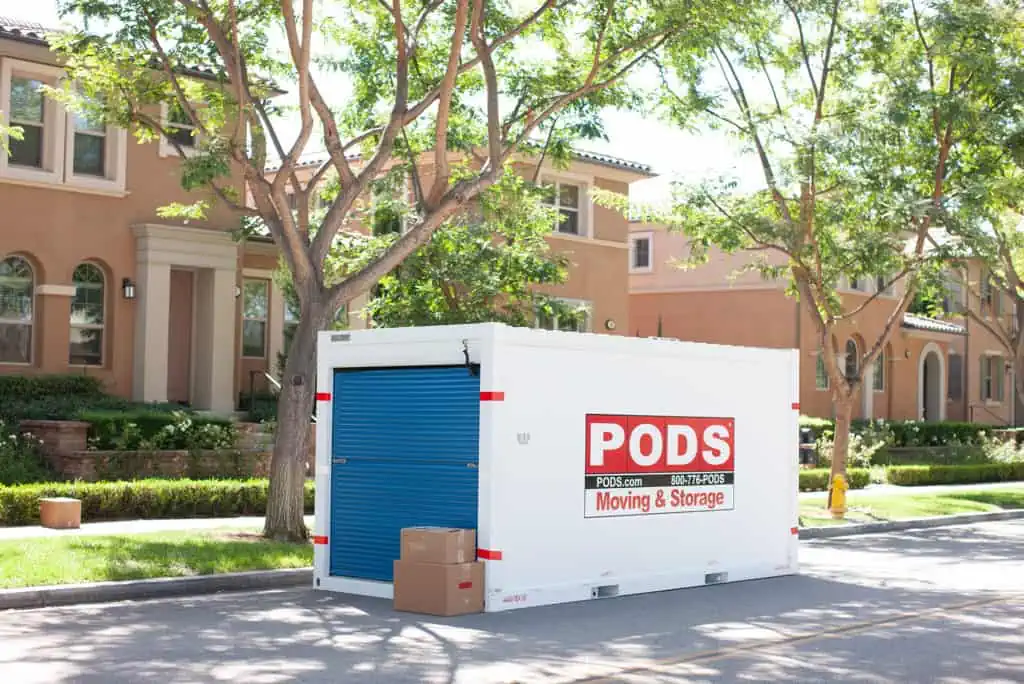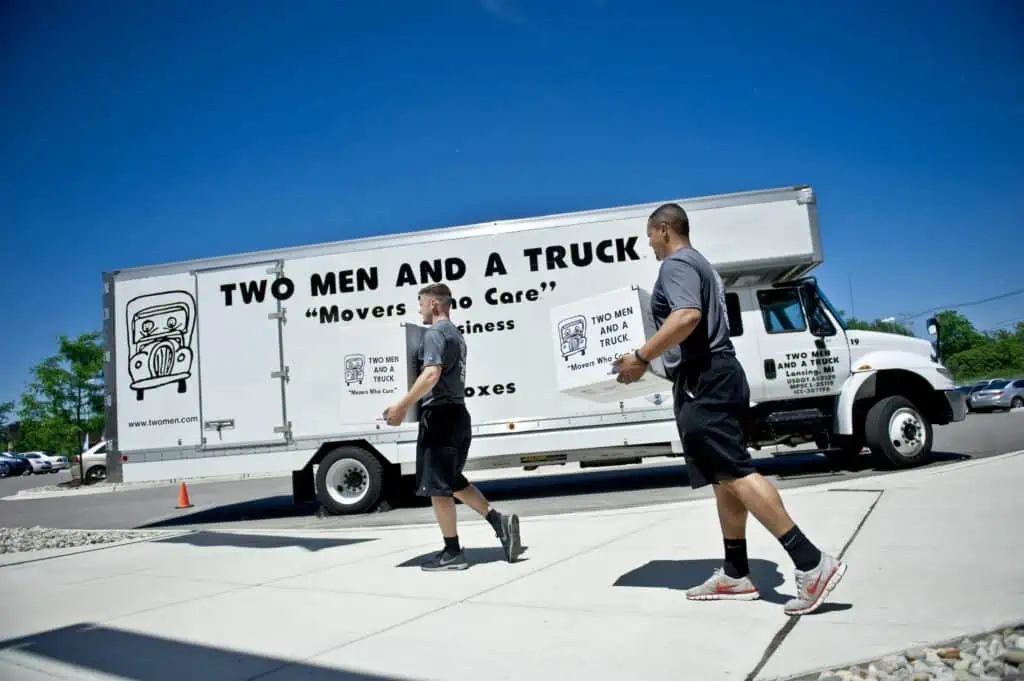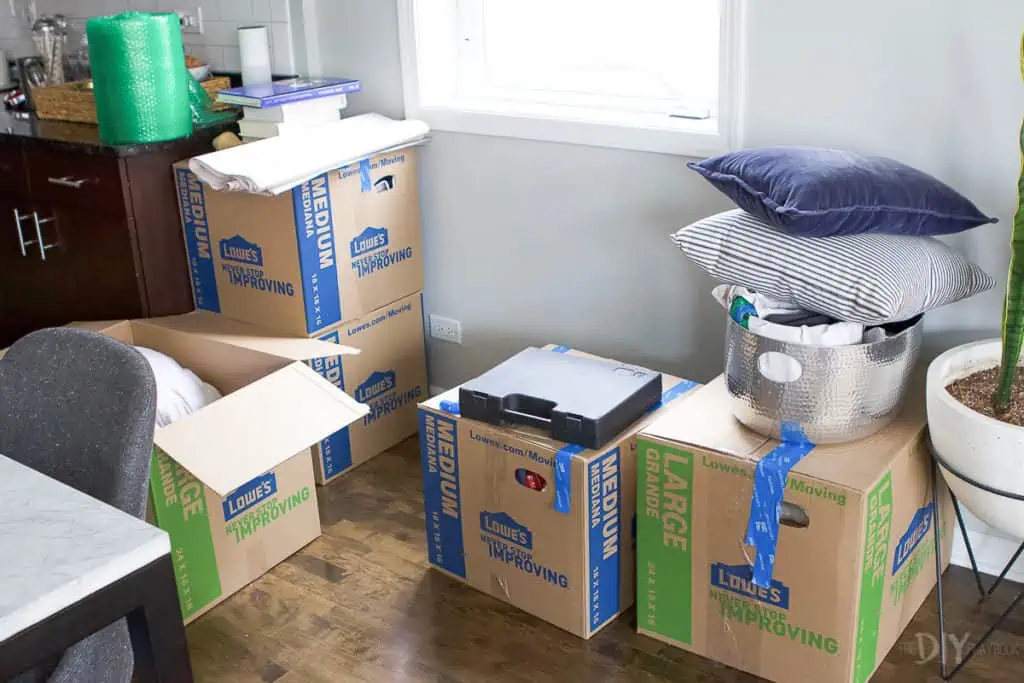Around 32.1 million Americans—some 14 million households—moved back in 2019. That’s a lot of moving and shaking, and it’s a lot of extra strain on the environment. An increasing number of Americans are committing to doing more to protect the environment, and green moving is becoming a popular topic.
Eco-friendly moving—and especially zero-waste moving—requires some time and detailed planning. But that’s a good thing because you’ll have all of your ducks in a row by moving day, which means you’ll have an easy time of it. Here at Hire a Helper, we’re all about making your life easier, but we’re also about doing our part to take a load off the environment. This guide will help you achieve a green relocation, no matter how far you have to go.
Before You Move: You Need a Smart Downsize
Moving houses is a great opportunity to go through everything you’ve collected since you moved into your current place. Depending on how long you’ve been there, this may be a quick task, or it may take some serious time. Either way, taking the time to do it right is better for the environment, since you’ll be less likely to toss stuff in the trash just to be rid of it—you’ll have more time to dispose of your discards in a more eco-friendly way. Here’s how to do it right.
The eco-friendly plan
Make your plan—and write it down. Maybe you’ll do a room each week, or a closet each day. Allow yourself more time for basement and attic storage spaces and closets that send an avalanche of stuff down on top of you when you open them.
Create a space for these specific piles
Before you start decluttering, set aside space in your home, or label some boxes to put things in that you’re planning on getting rid of. Have a clearly labeled box, bag, or pile for:
- Things you’ll donate to charity
- Things you can sell
- Things you want to give to specific people
- Trash
- Things you can (surprisingly!) recycle
- Old carpeting
- Old mattresses
- Scratched CDs, game discs, and DVDs
- Stained or torn clothing or bedding
- Large and small appliances, from the dryer to the microwave
- Electronics, including old cell phones, TVs, computers, printers, and stereos
- Crayons and dried-up markers
- Ink cartridges
- Working and non-working holiday lights
- Hazardous waste
- Call your local hazmat office and ask where you can drop them off. These items include:
- Paints
- Fertilizers
- Cleaners
- Solvents
- Motor oil
- Pesticides
- Call your local hazmat office and ask where you can drop them off. These items include:
Eco-friendly Moves Really Happen During the Packing
Leaving packing for the last minute means you’ll probably end up shoving things into garbage bags, which makes it less likely you’ll sort stuff correctly (and it’s super annoying to unpack). The sooner you get started on packing, the more time you can take to do it right and in a way that’s environmentally friendly.
If you’re going to have movers pack you up, and if they’re bringing all of the supplies, choose a moving company that uses sustainable packing materials and reusable or recyclable boxes. (Just ask!) Find out how to best prepare for their arrival. If you’re packing yourself, planning is everything. Are you going to jam through your whole house over the course of a week, or will spend the month before the move getting packed? Decide on your game plan, and use these tips to make your packing adventure as green as possible.
Only use these eco-friendly packing materials
What, exactly, does “eco-friendly” mean when it comes to packing and packing supplies? It means that everything you use to pack your things—boxes, wrapping, padding, tape—is made from recycled materials and/or is recyclable, biodegradable, or compostable.
Eco-friendly packing supplies include:
Cardboard boxes. When you’re done unpacking, pass your boxes on to someone else who’s moving, or put them out for recycling. When possible, source used cardboard boxes. If you must purchase new ones, choose boxes that are made from post-consumer recycled materials.
Cornstarch peanuts. If you’ve got to use peanuts for extra-fragile items, choose the eco-friendly variety instead of styrofoam peanuts, which don’t biodegrade—at least, not in our lifetime. Green packing peanuts are made from non-toxic materials like cornstarch or wheat. They’re biodegradable and dissolve in water, and you can compost them. As an added bonus, eco-friendly packing peanuts don’t have an electrostatic charge, so they won’t stick to everything.
Eco-friendly bubble wrap. Traditional bubble wrap is made from low-density polyethylene film, which generally isn’t picked up by your curbside recycler but can be recycled with your plastic bags when you take them to your local drop-off location. Eco-friendly bubble wrap is greener than traditional because it’s made, in part, from recycled materials. But it’s not biodegradable or compostable, so if you don’t recycle it, it’s hardly green at all.
Corrugated cardboard wrap. Made from 100 percent recycled cardboard, corrugated cardboard wrap is sturdy, protective, biodegradable, and recyclable. (See picture!)
Non-plastic tape. Plastic tape isn’t biodegradable, but paper and cellulose tape, which are made from trees, are. Paper tape typically comes with a water-activated adhesive and requires a special dispenser that wets the tape as you pull it out. Cellulose tape looks like plastic, but it’s made from trees, and you can tear it like paper. Both types of tape are biodegradable.
The zero-waste packing method
If you’re hardcore, you can achieve zero-waste moving by packing carefully. Plan ahead with these tips:
- Use your clothes, towels, sheets, pillows, cushions, and linens to protect fragile items. Bonus: you won’t have to pack these items
- Save your newspapers and junk magazines and inserts to wrap items in, and recycle them after you unpack
- Rent reusable containers. Moving companies often rent reusable, heavy-duty moving crates that come in many shapes and sizes, including a wardrobe box to make moving your clothes easier than ever. When you’re done moving, return the boxes
- Pack what you can in empty drawers, laundry baskets, suitcases, buckets, tote bags, and other receptacles you already have on hand
- Source free cardboard boxes from friends and local stores. Close them by interlocking the flaps, and recycle or pass the boxes along to someone else when you’re done
- For mattresses and other large items you might otherwise wrap in non-biodegradable plastic sheeting, opt instead to drape blankets, sheets, or a cloth drop cloth over these pieces
See prices for movers by the hour – instantly.
Read real customer reviews.
Easily book your help online.
Moving Day Must-do’s
It’s the big day! You’ve downsized your belongings without adding unnecessary waste to the local landfill, and you’ve packed your things in the most eco-friendly way you could. Now it’s time to finish up the move with the smallest possible environmental impact, which will be easy as pie if you follow these tips:
Turn off the HVAC while you load
Since your doors will be wide open while you’re loading boxes into the moving truck, turn off the heat or A/C while you load to save energy. Keep the lights off unless you need them on. To empty out the house faster so you can get the heat or A/C back on, move everything as close to the door as you can before you start moving it out.
Save on gas and reduce exhaust
If you’ve hired a moving company, you don’t have much control over how much fuel they consume during your move, but you can rest assured that your company will want to conserve gas if only to boost their bottom line. Moving companies plan their loads and routes carefully for that reason. Depending on how much stuff you have and how far you’re moving, hiring a moving company may be your best option for an eco-friendly relocation.
If you’re moving yourself, here’s what you can do to save on gas:
Plan your route. Take a route to your new place that will use the least amount of gas. The best route may be the shortest, or it may be a long one that has the least traffic congestion and therefore the fewest idling stops.
Make as few trips as possible. The fewer trips you need to take to get your stuff to your new place, the more eco-friendly your move will be. When you’re packing, fill your containers as full as possible so you’ll need fewer of them, which will require fewer trips. Pack your things in the vehicle(s) carefully so there’s little wasted space.
Recycle those packaging materials
Eco-friendly moving isn’t really eco-friendly until you deal with the aftermath—the boxes and the packing materials. As you unpack each box, set the packing materials aside—designate a pile for what can be recycled curbside and a pile for what you’ll need to drop off. Remove any tape from these materials and from your boxes before you break them down. Give the boxes to friends, or put them up on a free online marketplace for people to claim. If they’re beaten up, set them out for recycling.
A New Start: Going Green for Good
Now that you’re all settled in, take a deep breath, relax, and take a good look around your new place. What can you do to reduce your carbon footprint—and your utility bills—as you begin a new era? We’re glad you asked.
Protect your air quality
Poor air quality in your home is bad for your health and for the environment. Keep your indoor air quality as high as possible for a reduced footprint and increased well-being.
Use eco-friendly paints for walls. Paint is notorious for off-gassing volatile organic compounds, or VOCs, into your home, and the production of conventional paint has serious environmental consequences. When it’s time to decorate, choose low-VOC paint, which is less harmful to the environment and your health.
Use non-toxic cleaners. Conventional home cleaning products are rife with toxic chemicals, and when they go down the drain, they can end up in our natural waterways and poison aquatic wildlife. You can either buy non-toxic cleaners or use ingredients from the kitchen, like vinegar and baking soda, to get the entire place sparkling clean without putting your health at risk.
Change the HVAC filter. The air filter in your HVAC system traps impurities as your home’s air moves through it. A dirty filter is far less efficient than a clean one at catching particles like pollen, mold, bacteria, and viruses. Only use high-quality air filters in your system. Inspect your filter each month, and replace it when it’s dirty.
Conserve energy and lower your utility bills
The less energy you use at home, the better for the environment—and the lower your gas and electricity bills will be.
Maintain your furnace and A/C. Your HVAC system is responsible for a large portion of your home’s energy consumption, so keeping it in tip-top shape will not only lower your utility bills but also reduce your home’s use of non-renewable resources and its emissions of greenhouse gases. Have your furnace professionally tuned up before you need it each fall, and have your A/C serviced before it’s time to turn it on in the spring.
Install solar panels. When it’s time to make upgrades, consider installing solar panels on your home. Solar power has come a long way in the past decade, and it’s less expensive and more reliable than ever before. Solar power is pollution-free, and it’s less expensive than the non-renewable alternatives.
Invest in ENERGY STAR appliances. As you move through life in your new home, replace appliances that break down with new ENERGY STAR appliances. ENERGY STAR is a program by the U.S. Department of Energy that clearly identifies the household appliances with the highest energy efficiency and, therefore, the lowest operating costs.
Conserve water better
Less than one percent of the earth’s water is available for human use, and our current global civilization is quickly depleting the supply. It’s up to everyone to conserve water, and here are some ways to do it at home.
Low-flow fixtures. Low-flow fixtures, including showerheads, dishwashers, and toilets, are easy to install, and they don’t affect the quality of your showers, the cleanliness of your dishes, or the force of your flush. However, they do conserve water, using considerably less than their conventional counterparts.
Run the shortest cycles on the dishwasher and washing machine. Unless your clothes or dishes are heavily soiled, the shortest cycle on the washer or dishwasher will get them just as clean as a longer cycle, but it’ll save a lot of water over time.
Re-think your lawn. The lawn is one of the worst offenders when it comes to environmental damage. Maintaining a lawn involves fertilizers and pesticides that leach into groundwater, and keeping it green and barefoot-worthy requires a lot of water. Mowing requires non-renewable gasoline and emits greenhouse gases. Consider ditching your lawn for a beautiful, low-maintenance xeriscape, which requires little to no water.
Finally get your household waste under control
In 2018, Americans generated more than 292 million tons of household waste—around five pounds per person per day. With a recycling and composting rate of just 32.1 percent, America sends the majority of its solid waste to landfills, where it produces methane, carbon dioxide, and other poisonous gases. So your first order of business in your new place is to recycle religiously if you don’t already. Also:
Go paperless. Paper accounts create a huge amount of waste, and although most paper can be recycled, much of it isn’t, or can’t be. Reduce your paper consumption as much as possible—opt for paperless bill paying, invoicing, and receipts, and opt out of junk mail. Clean up spills with microfiber instead of paper towels or disposable wipes, and invest in a stack of cloth napkins instead of using disposable ones.
Compost. A backyard compost pile provides you with rich compost for your garden, and it helps you dramatically reduce food waste, which accounts for a large portion of household waste. But food isn’t the only thing you can compost. Other things you can toss on the compost pile include non-glossy paper, cardboard, natural fabrics, dryer lint, and wine corks. Shred these items into small pieces before adding them to the heap.
Buy in bulk. Food packaging has a giant, terrible impact on the environment. It comprises half of all municipal waste, and it ends up in waterways and inside wildlife as microplastics. It strangles sea creatures, traps land critters, and breaks down into toxic chemicals in the soil. Whenever possible, buy your food in bulk. Bring your own bags to the store with you, and skip the produce bags—or reuse them.
Change your mindset. Being a consumer is fun, there’s no doubt about it. But if you tend to buy things mainly for the quick hit of dopamine it provides—and if most of those baubles quickly end up in the back of closets and drawers, unseen until you move again in 10 years—it’s time to change your ways. When you pick up that shiny thing at your favorite big box store, ask yourself: Do I really need this? If the answer is a (reluctant) no, save your money for something spectacular later on.
From the moment you decide to move, it’s easy to honor your commitment to reducing your impact on the environment. With some planning ahead, you can easily achieve an eco-friendly or zero-waste move. Once you’re unpacked, a few tweaks of some old habits and some brand-new habits are all it takes to start your new life on the right foot—one with a lighter print.

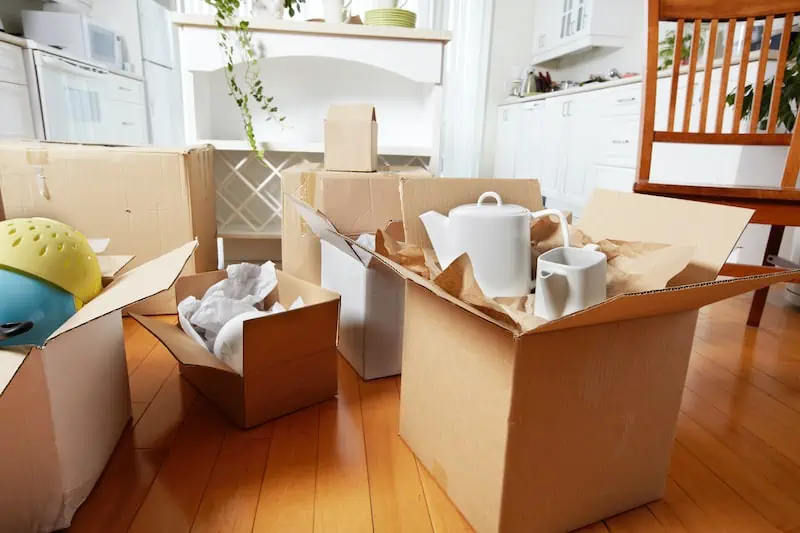



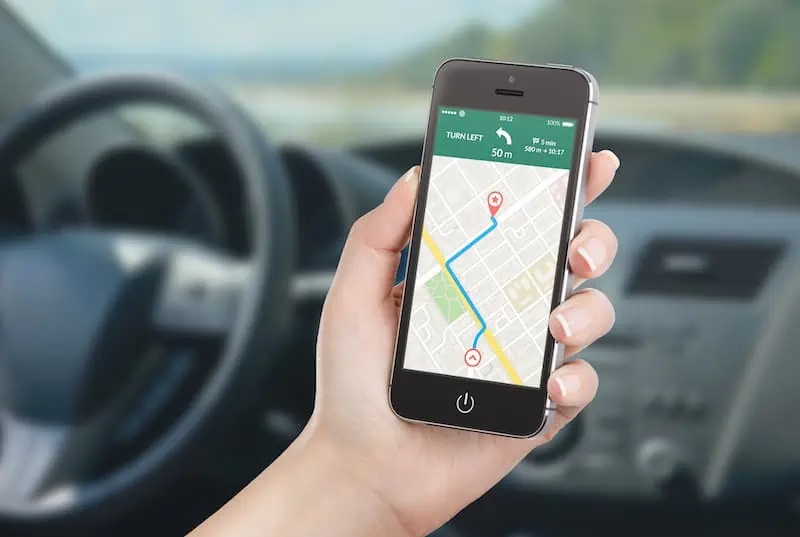
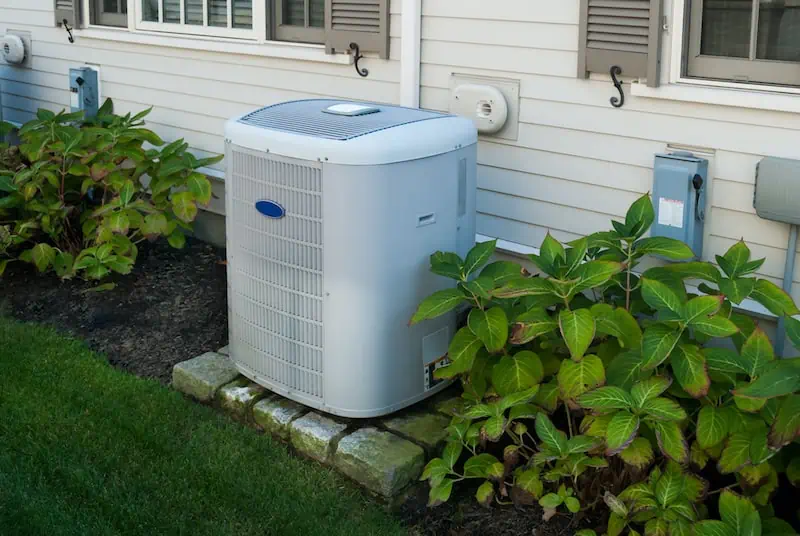

 Nearly a quarter (23%) of those who regret moving feel that way because it meant leaving their previous home. This sentiment is most common among those who moved to save money on housing costs.
Nearly a quarter (23%) of those who regret moving feel that way because it meant leaving their previous home. This sentiment is most common among those who moved to save money on housing costs. Home size (41%) and layout (38%) are the second and third most appreciated aspects of a new residence, while roughly a third pointed out they’re happy about the amenities in their home (32%) and the local area (30%).
Home size (41%) and layout (38%) are the second and third most appreciated aspects of a new residence, while roughly a third pointed out they’re happy about the amenities in their home (32%) and the local area (30%).

